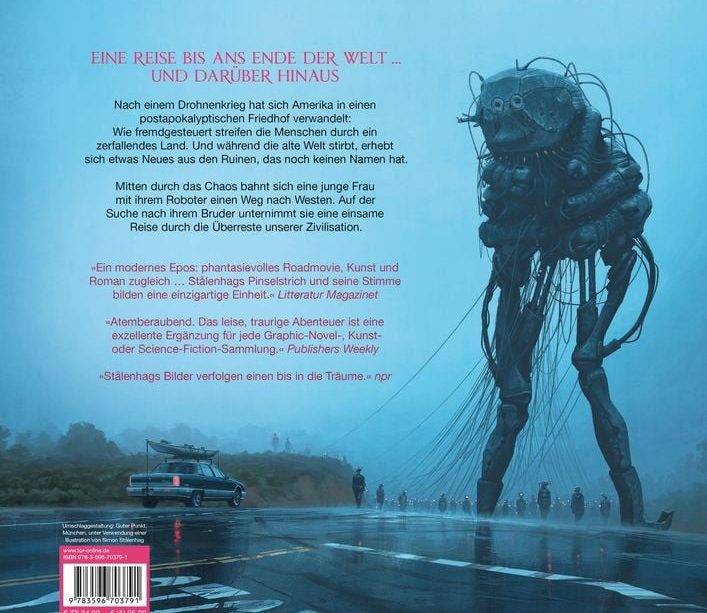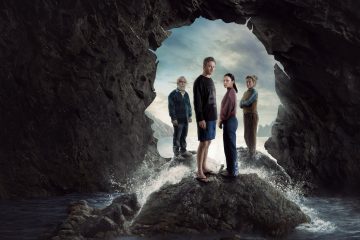Understanding The Electric State: A New Wave in Storytelling

Introduction
In recent years, The Electric State has emerged as a significant piece of art that combines visual storytelling with themes relevant to modern society. Originally a graphic novel created by Simon Stålenhag, it has captured the attention of audiences worldwide due to its unique blend of realism and science fiction. This narrative explores technology, alien landscapes, and the nostalgia of a bygone era, all of which reflect contemporary concerns about the future.
The Origin and Development
Released in 2017, Stålenhag’s The Electric State gained traction for its stunning illustrations depicting a dystopian world filled with derelict landscapes, robotic beings, and a narrative that follows a young girl and her robot companion on a journey through this decay. The novel has translated into multiple formats, including an upcoming film adaptation directed by the acclaimed Russo brothers, known for their work on the Marvel Cinematic Universe. The adaptation has further fueled conversations around the themes focused in the original graphic novel.
Major Themes and Cultural Significance
The Electric State delves into themes of nostalgia, alienation, and the consequences of advanced technologies. The juxtaposition of melancholic landscapes with futuristic elements serves to critique our dependency on technology and raises questions about identity in a rapidly evolving world. As society increasingly becomes immersed in digital realms, this narrative resonates with those who are concerned about the implications of tech dominance in everyday life.
The story encapsulates a broader cultural sentiment as we navigate through the layers of technology influencing relationships, communities, and individual psychologies. Moreover, it also serves as a reflection on humanity’s relationship with nature in an age dominated by artificiality.
Conclusion and Future Implications
The Electric State stands as a testament to the potential of modern storytelling in bridging genres and inviting discussions on critical societal issues. With its transition into film, it could reach an even broader audience, amplifying its themes of technology’s role in our lives.
As viewers and readers engage with this narrative, it could inspire more creative works that grapple with similar questions about the future. The Electric State not only captivates with its visuals but also invites us to introspect on our current trajectory—making it a relevant contribution to discussions on art, technology, and identity.









